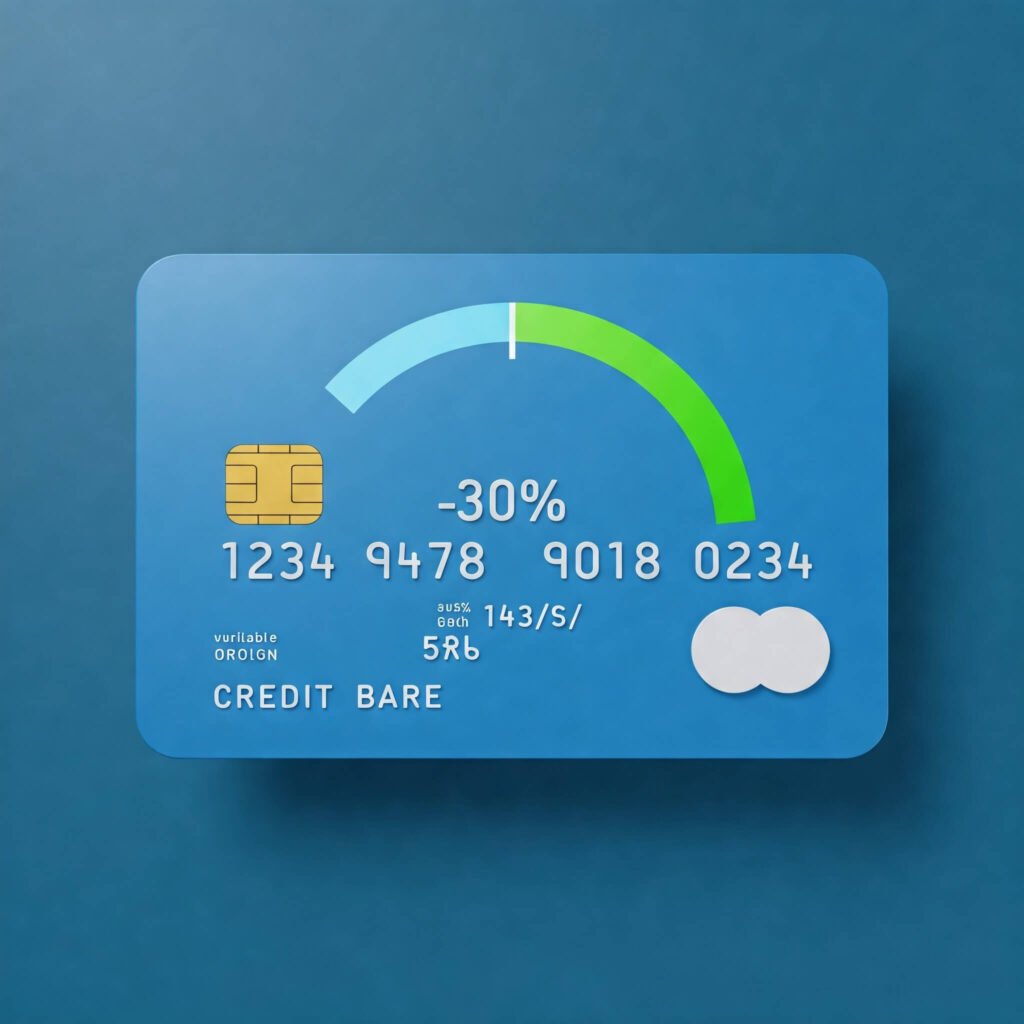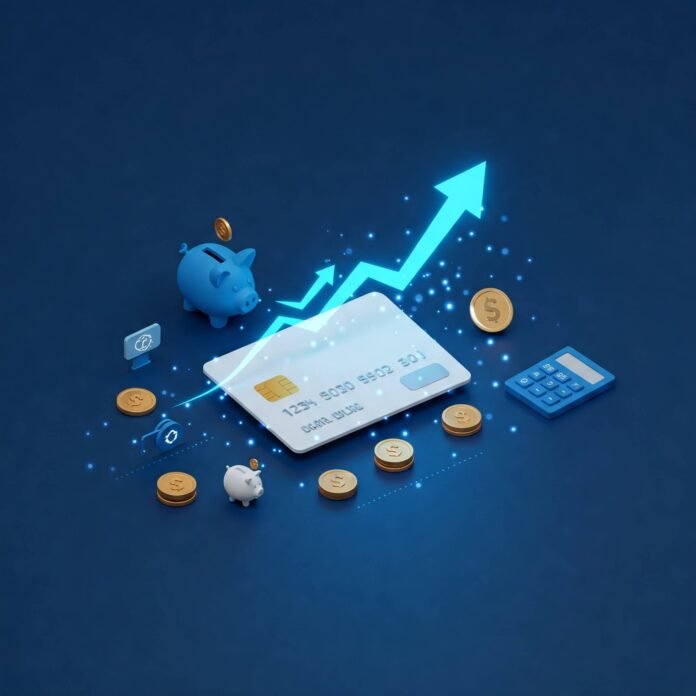Yo, why credit utilization is key to boosting your credit score is some real-deal stuff I only just figured out, and man, it’s been a trip. I’m sitting here in my cramped Queens apartment, the radiator hissing like it’s got beef with me, staring at my laptop with a credit score that’s, like, almost decent but not quite. I’ve got a half-empty coffee mug, a pile of bills I’m ignoring, and a vague sense of dread. Like, how did I not know this credit utilization thing was such a big deal? Let me spill the tea on my chaotic, slightly cringe-worthy journey of learning how credit utilization runs the show and how it’s been messing with my life.
What Even Is Credit Utilization, and Why’s It Key?
So, credit utilization is basically how much of your available credit you’re using. It’s a percentage—like, if you’ve got a $1,000 credit limit and you’ve spent $300, your utilization is 30%. Sounds simple, but it’s sneaky. I learned this when I checked my credit score on Experian (here’s their site) and saw it was lower than I expected. I was like, “What gives?” Turns out, my credit card balances were way too high compared to my limits, and that’s a big no-no for your credit score.
The magic number? Keep your utilization below 30%. I was closer to, like, 80% because I thought I could just “pay it off later.” Spoiler: that’s a dumb move. The folks at FICO say credit utilization is a huge chunk of your score—about 30% (check it out). I was sitting in my living room, crumbs on my shirt, freaking out over this.

How I Tanked My Credit Score Without Even Trying
Here’s where it gets embarrassing. Last summer, I went a little wild with my credit card. I was in Target, buying, like, a new lamp, some snacks, and—okay, fine—a fancy blender I used exactly once. I put it all on my card, thinking, “I’ll deal with it later.” Later never came. My balance crept up, and I didn’t realize how much it was hurting my credit score. I was chilling at a coffee shop in Astoria, scrolling X, when I saw a post about credit utilization. I checked my card and—yep—my balance was eating up 75% of my limit. Oof.
I felt like such a rookie. I mean, I’m out here trying to adult, but I was clueless about why credit utilization is key. The worst part? I got rejected for a car loan because my score took a hit. That stung. I found a solid explainer on Credit Karma about how high utilization screws you (read it here).
My Half-Baked Plan to Fix My Credit Utilization
So, I decided to get my act together and figure out why credit utilization is key. I was at my kitchen table, surrounded by takeout containers, Googling like a maniac. The internet said to keep your balances low and maybe ask for a higher credit limit. I called my bank, feeling all professional, and asked for a limit increase. They said yes, which was dope, but I forgot to actually pay down my balance first. So, my utilization stayed high. Classic me.
Here’s what I learned after screwing it up:
Don’t close old cards. Even if you don’t use ‘em, they keep your available credit high.
Pay down your balances ASAP. Even $50 extra a month helps lower that percentage.
Ask for a higher limit. It boosts your available credit, but only if you don’t spend more. I learned that the hard way.
Check your utilization monthly. I use a free app like Mint (here’s their site) to track it, ‘cause I’m too lazy to do math.
Outbound Link: For more on how credit scores are calculated, visit FICO’s official guide.

The Emotional Chaos of Chasing a Better Credit Score
Real talk: obsessing over credit utilization and my credit score makes me feel like I’m stuck in a video game I’m bad at. Every time I check my score, I’m braced for disappointment, like opening a report card. My apartment smells like burnt toast right now—forgot it in the toaster—and that’s honestly how my brain feels trying to manage this stuff. I used to think I was “fine” with money ‘cause I paid my bills, but high utilization was quietly tanking my score. It’s humbling, and not the fun kind.
I confessed this to my buddy Jake over beers last weekend, and I was, like, red-faced admitting I didn’t know about utilization. He laughed and said he learned it the same way—by messing up. That made me feel less like a failure. Why credit utilization is key isn’t just numbers—it’s about not letting embarrassment stop you from fixing it.
My (Mostly Okay) Tips for Mastering Credit Utilization
Here’s the stuff I’ve figured out, mistakes and all:
Monitor your score. Free sites like Experian or Credit Karma give you a heads-up if your utilization’s out of whack.
Keep balances low. Aim for under 30% utilization. I set a reminder on my phone to check every month.
Request limit increases. Call your bank, be nice, and don’t spend the extra credit. I almost blew this one.
Pay early and often. Multiple payments a month keep your balance down. NerdWallet has a great guide on this (check it here).
Outbound Link: Learn more about credit usage from Experian’s credit education resources.
Wrapping Up This Credit Score Saga
So, yeah, why credit utilization is key has been a wild lesson for me. I’m still not a credit score guru—my desk’s a mess, and I’m pretty sure I owe Mr. Pickles a treat for putting up with my stress. But I’m getting better at keeping my balances low and checking my utilization. If I can stumble through this, you can too. Pull up your credit card statement, maybe over a snack, and see where you’re at. It’s less scary than it seems.

Got any credit utilization disasters? Hit me up on X or drop a comment. Let’s swap stories and figure this out!0-limit card (40% usage). He requested a limit increase to $7,500 and paid $500 toward the balance. As a result, his new ratio was $1,500 ÷ $7,500 = 20%, and his credit score rose by 25 points.
Outbound Link: For tips on managing credit card debt, visit the Consumer Financial Protection Bureau.



